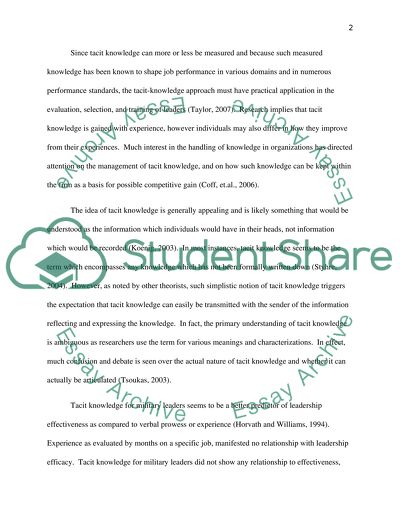Cite this document
(“Tacit Knowledge - The Mortar of the Design Process Research Paper”, n.d.)
Retrieved from https://studentshare.org/military/1480253-tacit-knowledge-the-mortar-of-the-design-process
Retrieved from https://studentshare.org/military/1480253-tacit-knowledge-the-mortar-of-the-design-process
(Tacit Knowledge - The Mortar of the Design Process Research Paper)
https://studentshare.org/military/1480253-tacit-knowledge-the-mortar-of-the-design-process.
https://studentshare.org/military/1480253-tacit-knowledge-the-mortar-of-the-design-process.
“Tacit Knowledge - The Mortar of the Design Process Research Paper”, n.d. https://studentshare.org/military/1480253-tacit-knowledge-the-mortar-of-the-design-process.


